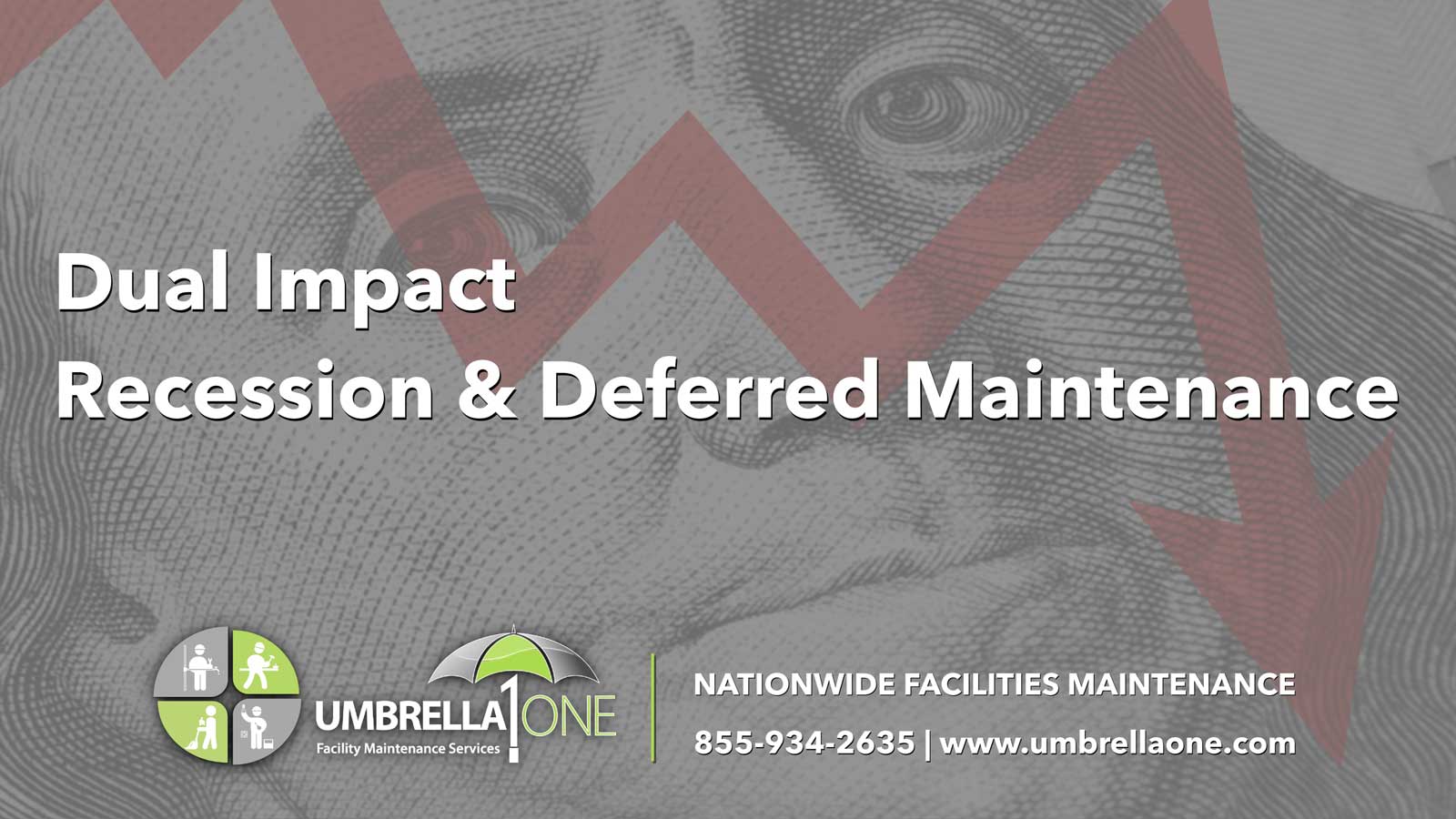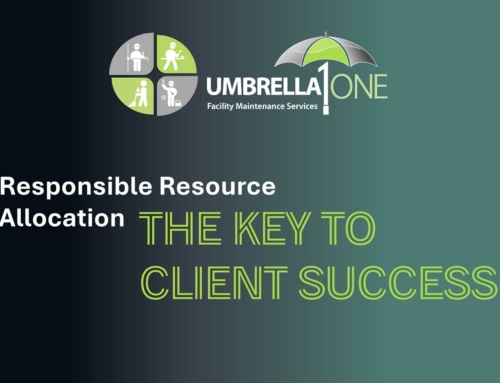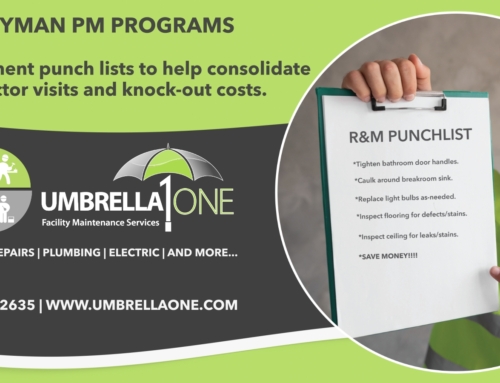The Dual Impact: Recession and Deferred Maintenance on Commercial Properties
Recession. The mere mention of the word almost immediately changes the course of maintenance budgets on a forward-looking basis. Tenants, managers, and owners of commercial properties face the dual challenge of navigating economic downturns and their ongoing maintenance needs.
Declining retail/restaurant sales, increased vacancy rates, rent defaults, and property devaluation all directly and quickly affect the facility maintenance industry. As revenue drops and owner/operator confidence is challenged, a reduction of available capital to maintain real estate assets is a natural reaction. Now, deferred maintenance becomes the topic of conversation. An understandable solution, yet one that can have its consequences.
For those that don’t know, deferred maintenance refers to the postponement of necessary repairs, general upkeep, and property improvements. Although understandable, this strategy can have severe repercussions.
- Deteriorating Infrastructure: Delaying maintenance leads to the gradual deterioration of a property’s physical infrastructure, including plumbing, electrical systems, roofing, and structural components. This neglect can compromise safety, functionality, and aesthetics.
- Higher Repair Costs: Neglected maintenance issues tend to worsen over time, ultimately leading to more extensive and expensive repairs when they cannot be avoided any longer. This puts a significant financial burden on property owners who must address a backlog of deferred maintenance.
- Customer/Tenant Dissatisfaction: Neglected conditions at facilities and/or properties can result in customer dissatisfaction and ultimately contribute to poor performance and pose a risk to a brand.
The combination of a recession and deferred maintenance poses significant challenges for the facilities management industry. The economic downturn exacerbates existing financial constraints, leading to reduced sales or demand. Simultaneously, deferred maintenance compromises a property’s physical integrity, customer satisfaction, and potential long-term value. To mitigate these challenges, facility managers and property owners should proactively address critical maintenance needs and develop comprehensive recovery plans to restore the health and vitality of their assets when financial tailwinds return.







